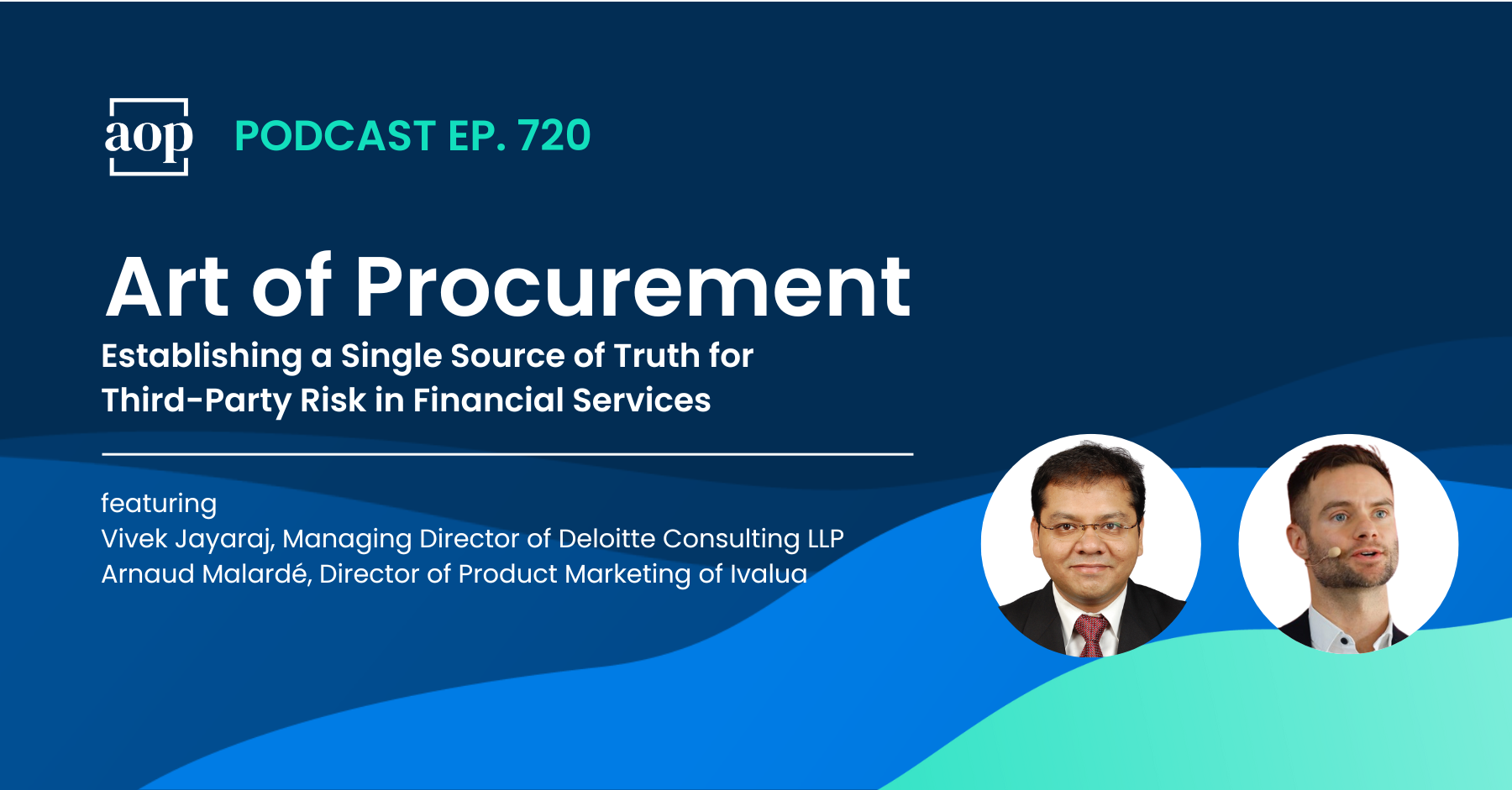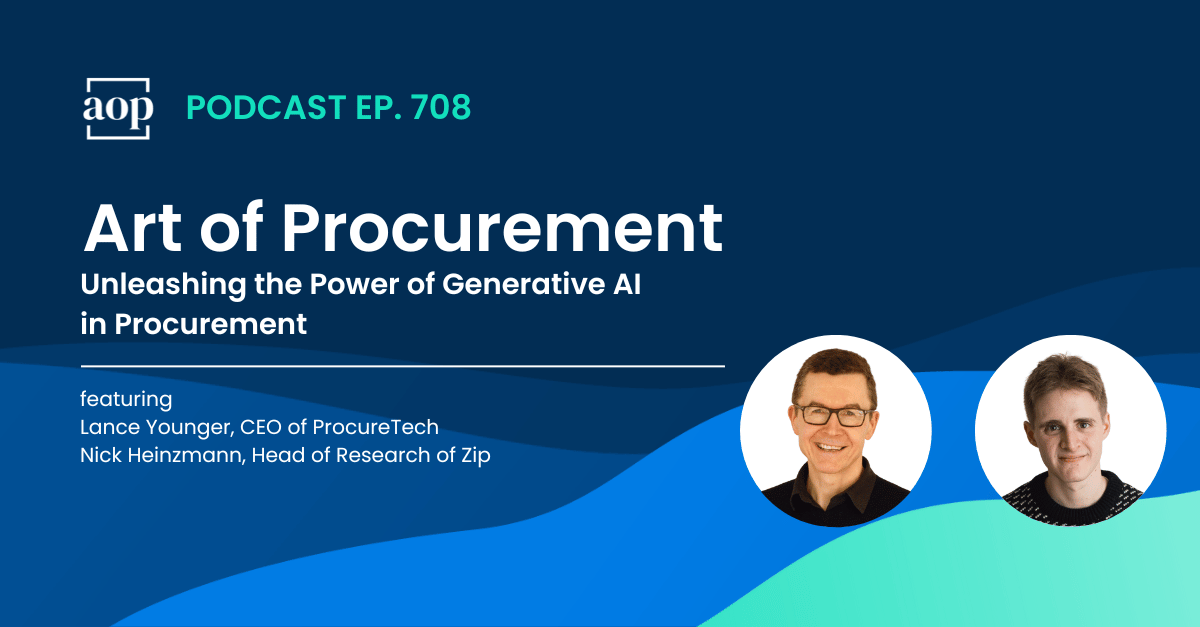3 min read
Bridging the Confidence Gap to Achieve the Best Business Outcomes
Philip Ideson : July 16, 2023

“To increase confidence within the C-suite, procurement must show it can work within the business to address internal risks and create value. Procurement teams need to meet their internal stakeholders where they are and break down the barriers that prevent them from achieving the best outcomes for the business.” – Baber Farooq, Senior Vice President and Head of Market Strategy for SAP Procurement Solutions
I recently had the opportunity to speak with Baber Farooq, Senior Vice President and Head of Market Strategy for SAP Procurement Solutions at SAP Sapphire in Orlando, Florida. We discussed the latest annual release of the Economist Impact report commissioned by SAP.
We discussed the 2022 report when it came out, so I was interested to see what had changed in a year – after all, there is never a dull moment.
In times of crisis, procurement is always there to help the business. It doesn’t matter whether their needs are in expense management, risk management, or supply chain management. Unfortunately, when the business cycle changes, there is always the risk that procurement will be ‘put away’ or lose relevance – until the next crisis, of course.
As much as it is always interesting to chart CPO sentiment, understanding the impact of the whole business cycle requires us to get input from other C-suite executives as well.
Baber acknowledged that they share my desire to hear cross functional perspectives on procurement. One of the report’s findings is that everyone needs to get better at collaborating. This need is so widespread that it has created what he calls a “confidence gap.” As troubling as it sounds, this gap may just create an opening for procurement opportunity.
As Baber said, “If procurement can seize the opportunity and bridge that confidence gap, then they can secure a seat at the table beyond the inflationary pressures we’re experiencing right now.”
When economic conditions are tight, executives have a tendency to call in procurement – but just what they know procurement for. They want to get cost and risk under control, and those needs cannot be overstated.
At the same time, procurement has so much more to offer. Even cost or risk driven external pressure can create an opportunity to highlight the innovative work done with stakeholders and suppliers.
I personally think it is promising that procurement teams are increasingly reporting to the CEO, as opposed to a CFO or COO. The role that procurement ultimately wants to play requires a big picture perspective.
The confidence gap being seen in procurement is often rooted in the fact that they are focused on solving the needs of the position they report to. That person’s needs may not be the same as the needs of the business. This isn’t to say that executives are deliberately pushing them out of alignment with the business, but that they don’t realize just how much expertise sits in procurement.
Procurement can ask questions like:
- Have you thought about adding this term to the contract?
- Have you considered this other form of benefit we could get from the supplier?
- What about the type of arrangement we will use for supplier reviews?
As you would expect, data and digitalization remain top trends in this year’s report. Enterprise software remains a constant topic of discussion, but now it is juxtaposed against the capabilities of ChatGPT and the consumer experience associated with most eCommerce sites. On the one hand, technology seems to be straining towards the future, but at the same time, procurement continues to struggle to get the visibility required to complete essential tasks.
Visibility is a missing piece for most procurement teams. They need to know where in the supply chain red flags are in terms of modern slavery or scope three emissions. Getting that visibility helps drive differentiated decision making and helps to mitigate risk. This can really increase the value that procurement brings to the organization’s bottom line.
Category management is one of the last areas of the procurement cycle that we need to consider and invest in. Organizations are starting to wonder how they can move away from slides for category management, and instead provide a more collaborative opportunity for all stakeholders to see and participate in the process.
Another mindset shift procurement needs to make is around supplier relationships. Like the economy, that is a cycle. Procurement has moved from seeing suppliers as teams that exist to help us do our business to genuinely wanting to collaborate. Those relationships are an extension of the business. When difficulties like inflation and risk arise, suppliers will be there to help, but also to introduce innovative ideas for growing market share.
In reality, 80 percent of procurement is the same in every business. Customizing the remaining 20 percent is where the uniqueness comes from. If procurement can bridge the confidence gap between themselves and a truly differentiated 20 percent, their relationships and impact will be changed forever.
Listen to the Conversation
Watch the Conversation
Subscribe to Art of Procurement
Apple | Stitcher | iHeart Radio | Email
Links & Resources
- Baber Farooq on LinkedIn
- [Pod] Helping Procurement Push the Envelope w/ Baber Farooq
- Read the 2023 Economist Impact Report: Decoding Confidence in the Procurement Function
- 2022 Economist Impact Report: Changing with the times: Category Management at a Crossroads




